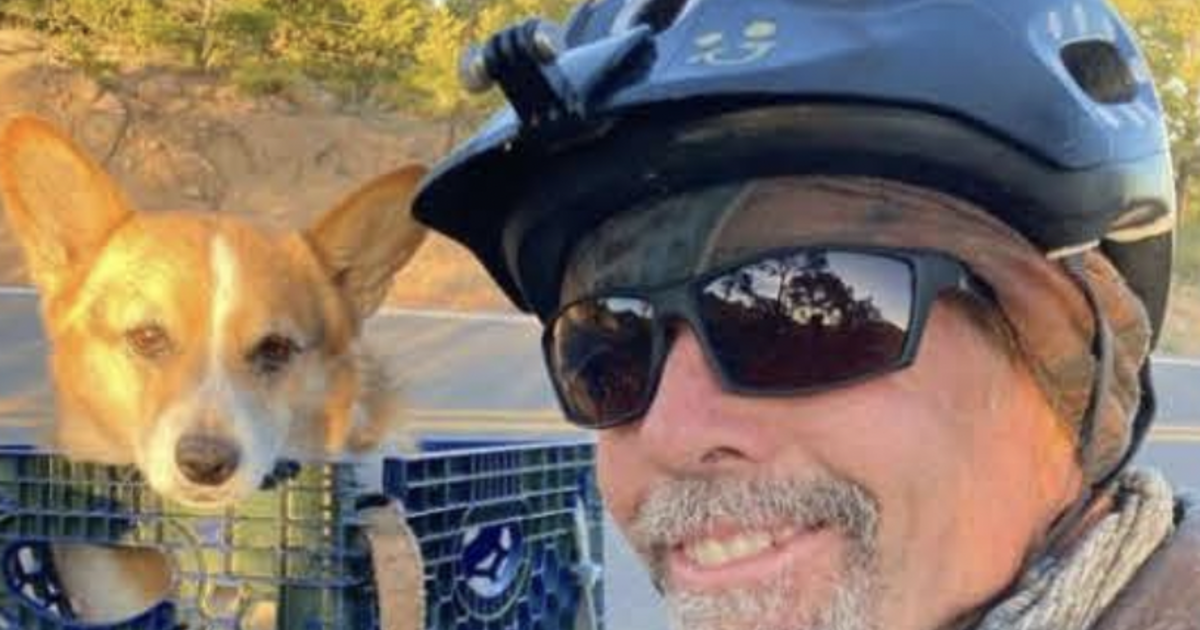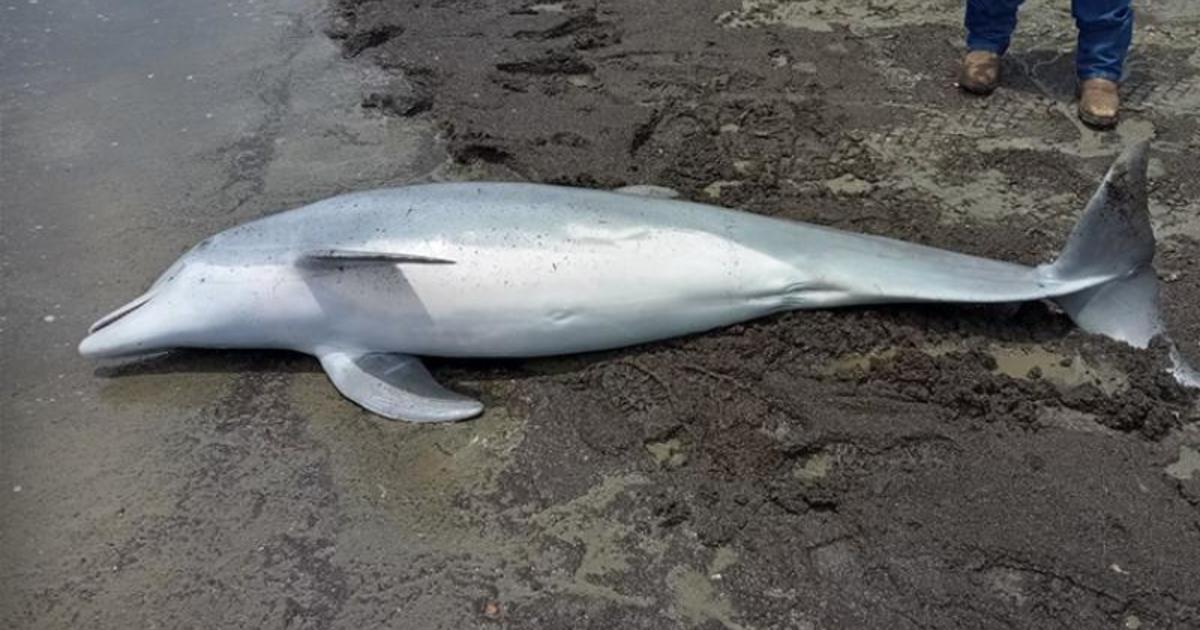A graveyard of huge marine reptile fossils was assumed to be the site of a massive die-off. It may have actually been a maternity ward.
Scientists have uncovered new clues about a curious fossil site in Nevada, a graveyard for dozens of giant marine reptiles. Instead of the site of a massive die-off as suspected, it might have been an ancient maternity ward where the creatures came to give birth.
The site is famous for its fossils from giant ichthyosaurs - reptiles that dominated the ancient seas and could grow up to the size of a school bus. The creatures - the name means fish lizard - were underwater predators with large paddle-shaped flippers and long jaws full of teeth.
Since the ichthyosaur bones in Nevada were excavated in the 1950s, many paleontologists have investigated how all these creatures could have died together. Now, researchers have proposed a different theory in a study published Monday in the journal Current Biology.
Scientists said they may have answered a "question that has vexed paleontologists for more than half a century."
"Several lines of evidence all kind of point towards one argument here: That this was a place where giant ichthyosaurs came to give birth," said co-author Nicholas Pyenson, curator of fossil marine mammals at the Smithsonian National Museum of Natural History.
Once a tropical sea, the site - part of Nevada's Berlin-Ichthyosaur State Park - now sits in a dry, dusty landscape near an abandoned mining town, said lead author Randy Irmis, a paleontologist at the University of Utah.
To get a better look at the massive skeletons, which boast vertebrae the size of dinner plates and bones from their flippers as thick as boulders, researchers used 3D scanning to create a detailed digital model, Irmis said.
They identified fossils from at least 37 ichthyosaurs scattered around the area, dating back about 230 million years. The bones were preserved in different rock layers, suggesting the creatures could have died hundreds of thousands of years apart rather than all at once, Pyenson said.
A major break came when the researchers spotted some tiny bones among the massive adult fossils, and realized they belonged to embryos and newborns, Pyenson said. The researchers concluded that the creatures traveled to the site in groups for protection as they gave birth, like today's marine giants. The fossils are believed to be from the mothers and offspring that died there over the years.
"Finding a place to give birth separated from a place where you might feed is really common in the modern world - among whales, among sharks," Pyenson said.
Other clues helped rule out some previous explanations.
Testing the chemicals in the dirt didn't turn up any signs of volcanic eruptions or huge shifts to the local environment. And the geology showed that the reptiles were preserved on the ocean floor pretty far from the shore - meaning they probably didn't die in a mass beaching event, Irmis said.
The new study offers a plausible explanation for a site that's baffled paleontologists for decades, said Dean Lomax, an ichthyosaur specialist at England's University of Manchester who was not involved with the research.
The case may not be fully closed yet but the study "really helps to unlock a little bit more about this fascinating site," Lomax said.
Earlier this year, paleontologists in the United Kingdom announced the discovery of the fossilized remains of an "incredibly rare ichthyosaur that was nearly 33 feet long and roughly 180 million years old. The fossil, which researchers said is "very well-preserved," was called the "palaeontological discovery of a lifetime."



